Connecting the Forests and Rivers to the Ocean
Salmon that return to Esashi are part of the aquaculture business, which includes hatching the eggs and releasing young salmon into the ocean. We continue in the reforestation of forest area, which is the source of rivers leading to the ocean.
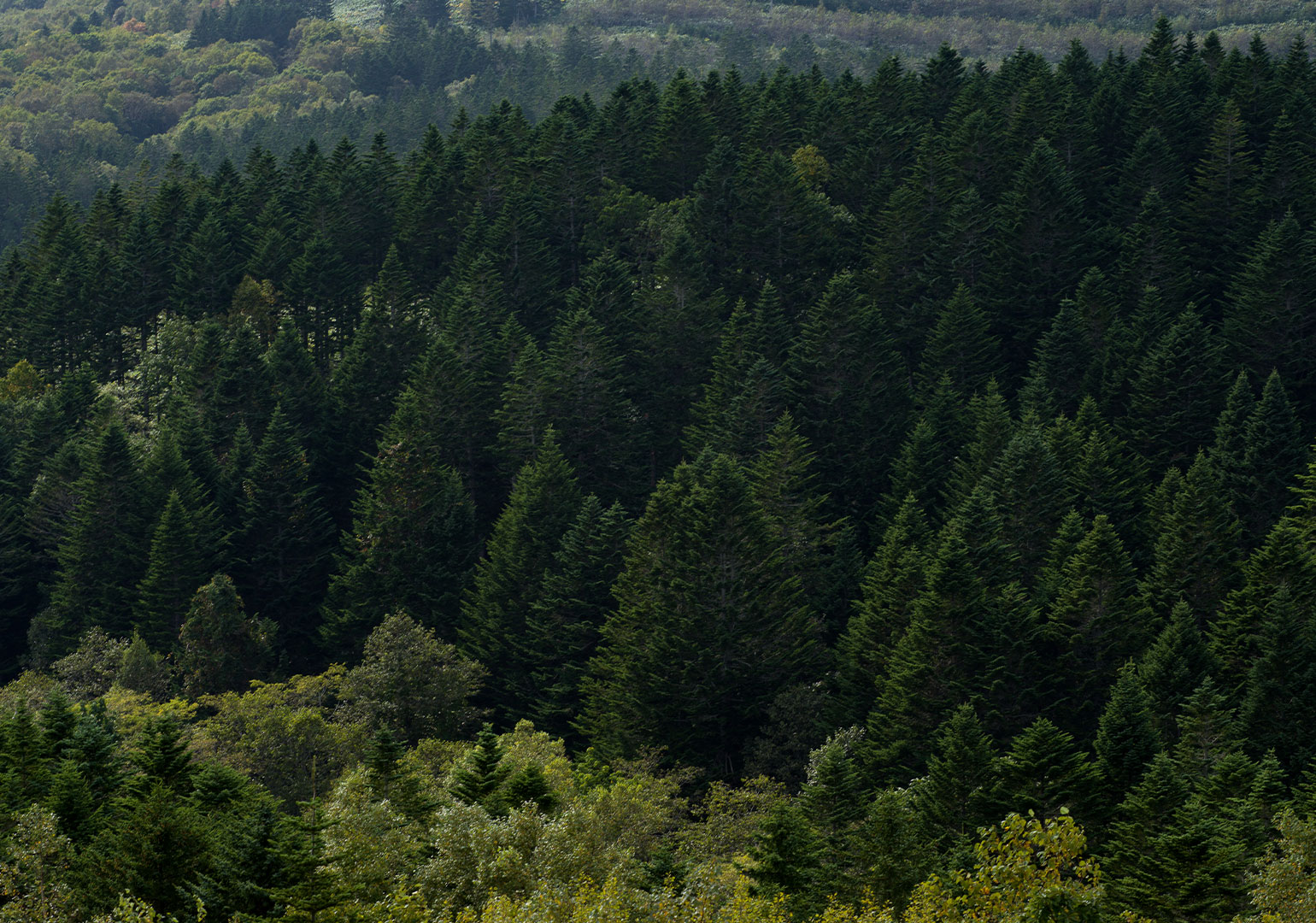
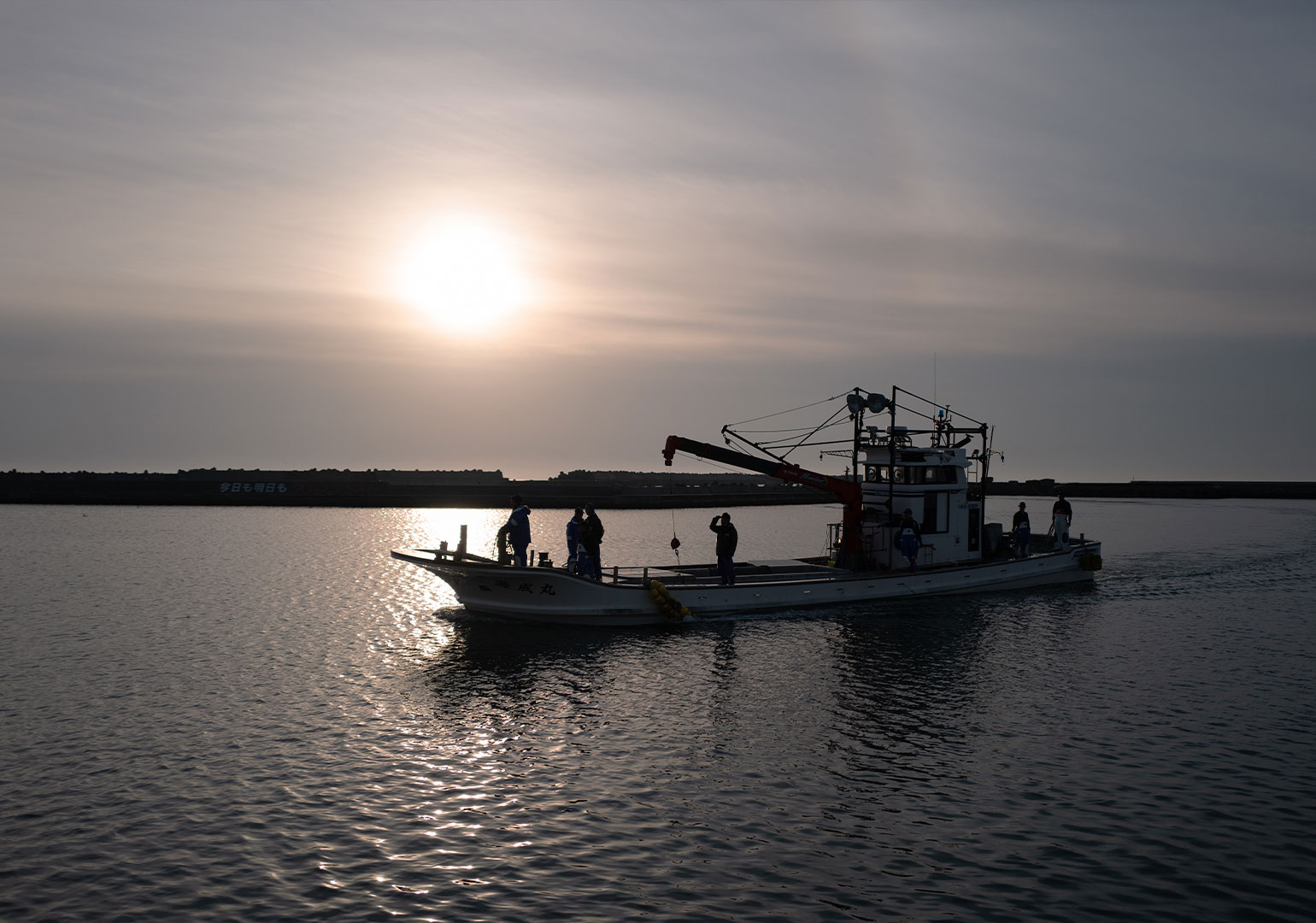
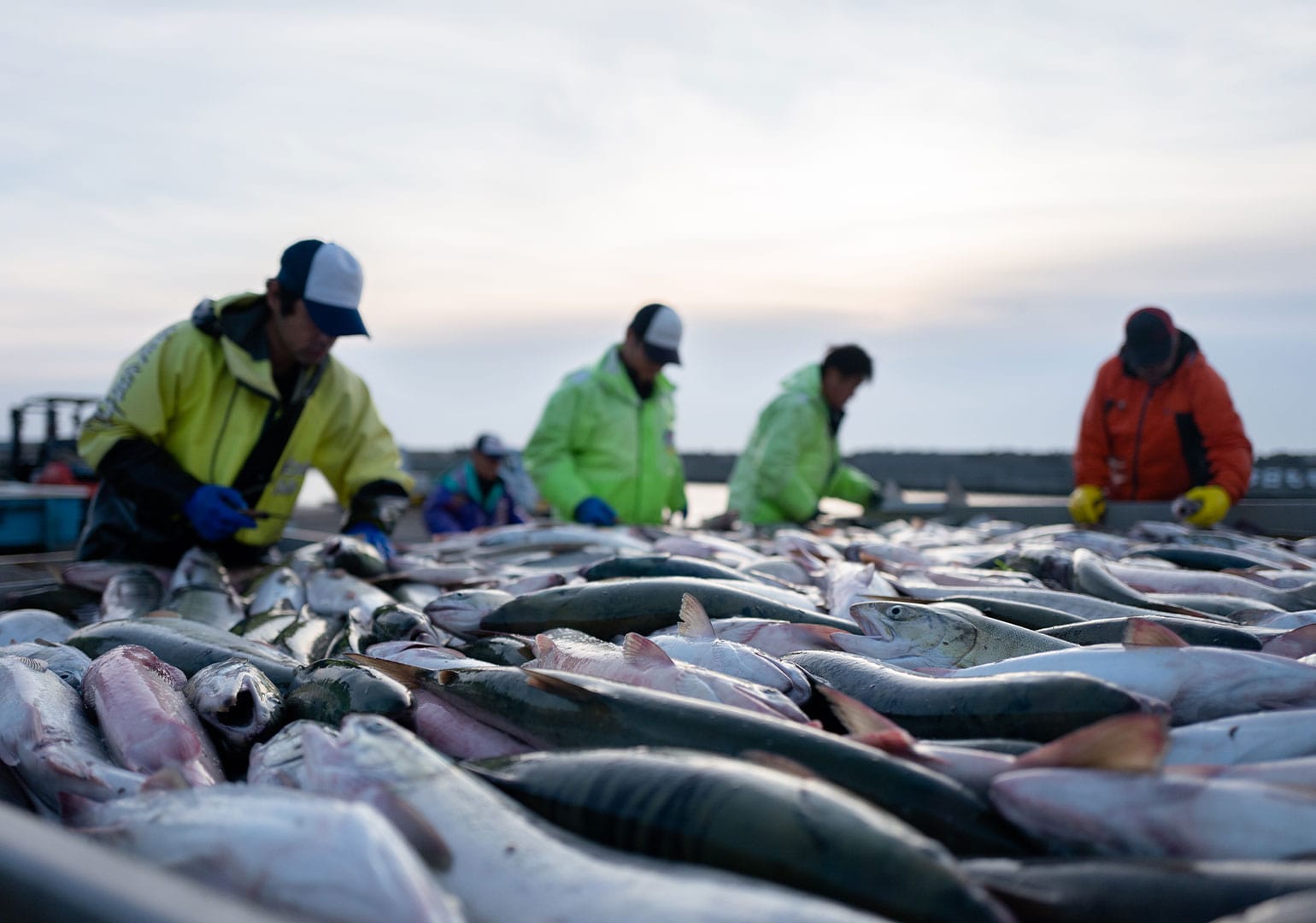
Maintaining Freshness is Key
During the fall fishing season, the bottoms of the boats are packed with ice to preserve the freshness of salmon. Salmon that are caught and hauled on deck are placed in ice water to preserve freshness.
Once the boat reaches port, the salmon are transferred to disinfected, stainless steel tables. Males and females are methodically categorized into ten different categories and placed into tanks filled with ice water, then shipped to the wholesale markets where they auctioned.
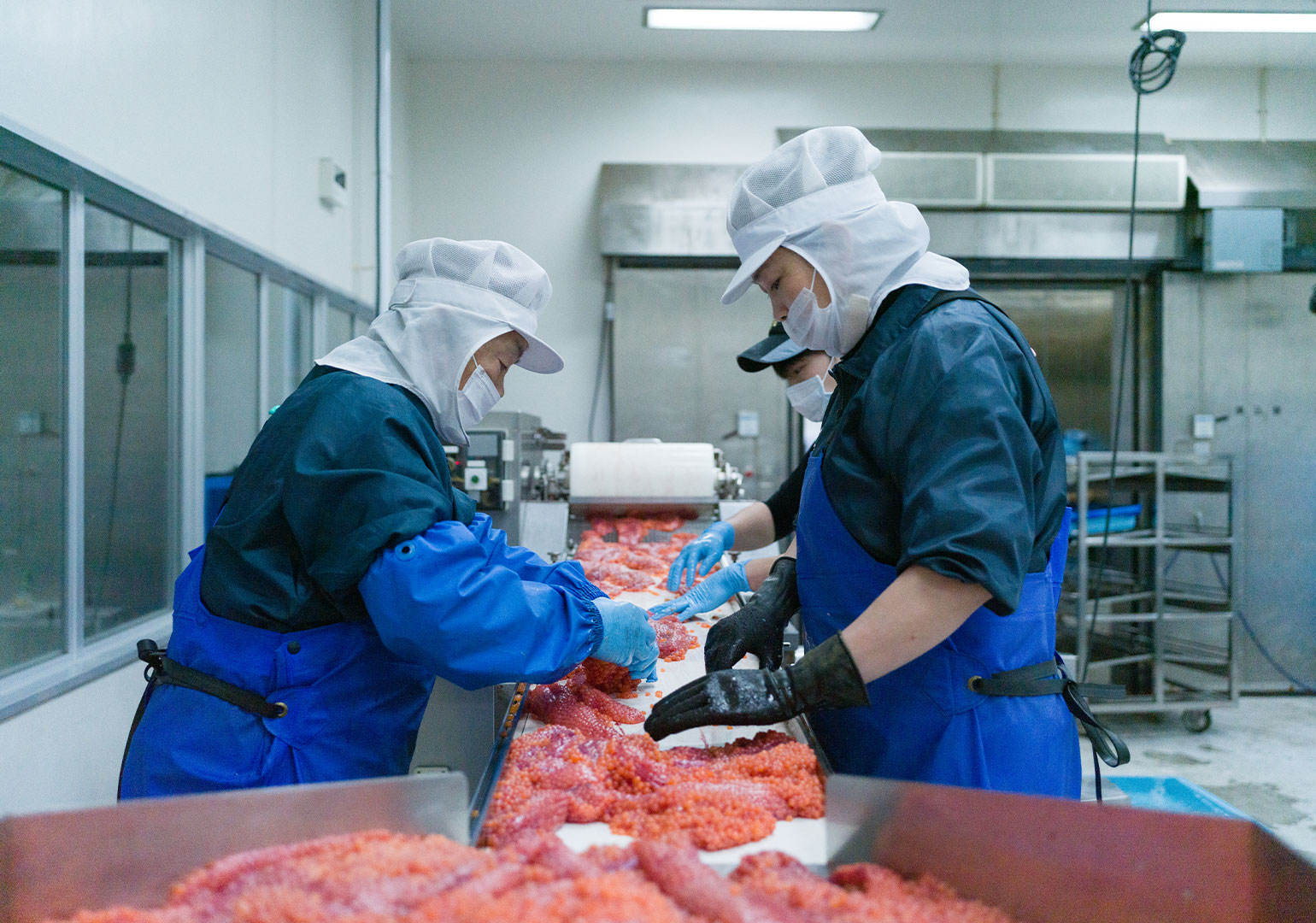
Processing Plant Near the Market
Because the distance between the wholesale market and processing plant is short, the salmon are transported quickly, and freshness is maintained. If the salmon are fresh, so is the roe. Roe taken immediately from the cleaned salmon are carefully separated by hand in a well-ventilated room. Speediness, the time it takes from when the salmon are purchased to when they are processed, makes a significant difference in the maintenance of freshness and sanitation of the entire process.
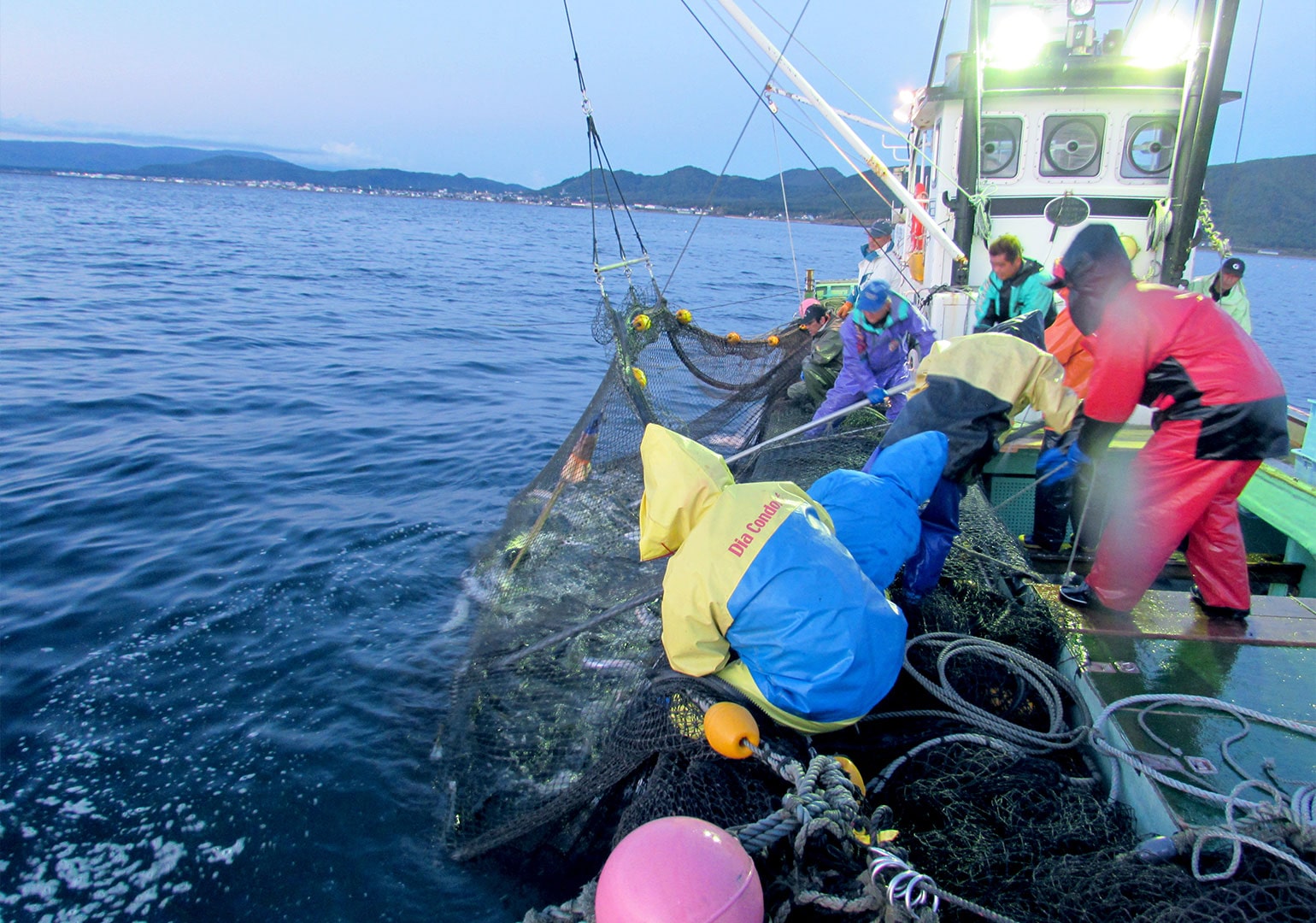
Mejika Salmon
From mid October to November, an oily salmon called "mejika," is harvested. A portion of salmon that were caught were found to have originated from the Gakkogawa River system in Yuza, Yamagata prefecture, which were marked and released in 1969.
These salmon originally inhabit and spawn in the Tohoku area, are plump, fatty, and chock-full of nutrients to make the approximately one-thousand kilometer journey.
Characteristics
-
Harvest Area
These salmon can only be found in a small area of the Sea of Okhotsk during a short period of time. Due to the very short harvest season, few make it to the market.
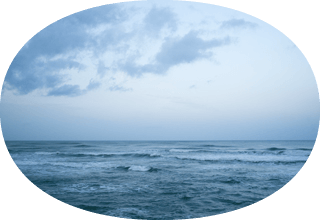
-
Origin of the Name
The name is derived from the fact that the eyes (me) of the salmon are very near (jika) to the nose; it is the most distinctive characteristic of this salmon.
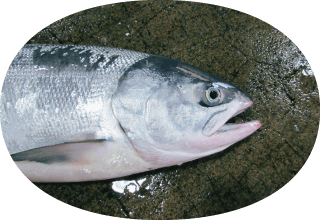
Season
Between September and November


Characteristics
A large population of salmon are young and have a silverback.
These salmon are very fatty.
The roe is small, covered in a thin visceral layer, and melts in your mouth.
Fishing Methods
Fixed Shore Net Salmon Fishing
This type of fishing involves luring returning salmon into the net. A "kakiami - hand net" is used to guide the salmon to the "kakoiami, an enclosure net" where the fish are allowed to swim around, then up through what is called a "noboriami - climbing net," and into the "hakoami - inner net" where they cannot get out. Once the salmon are in this part of the net, it is designed to make it difficult to get out, and this is how the salmon are caught. Each portion of the entire net plays a unique role in catching the fish.













